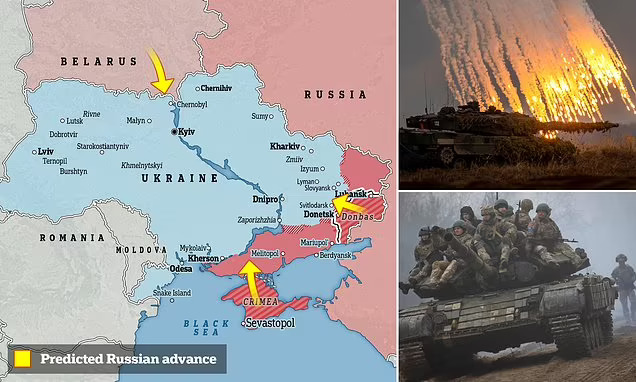By Shin Hye-suk

Gold has historically been used as money, but it is not considered a formal currency today. However, it still functions similarly to fiat currencies in certain contexts, serving as a store of value and a hedge against economic uncertainty. This historical significance of gold was exemplified during the California Gold Rush, which began in 1848 at Sutter's Mill near Coloma, California, when James W. Marshall discovered gold while building a sawmill for John Sutter.
News of the discovery spread rapidly, prompting U.S. President James Polk’s announcement to Congress on Dec. 5, 1848. This triggered a massive migration in 1849, as hopeful prospectors, known as the "forty-niners," arrived by land and sea, enduring harsh journeys in search of fortune.
A vast number of people arrived from the U.S. and beyond, fueling economic growth and leading to California’s rapid statehood in 1850. However, the rush also had devastating effects on Native Californians, causing displacement, violence and a sharp population decline.
San Francisco grew from a small settlement into a booming city, with agriculture and infrastructure expanding to support the growing population. In 1849, a state constitution was drafted, paving the way for California’s admission to the Union the following year. The gold rush migration phenomenon was later seen in many countries such as Argentina, Australia, Brazil, Columbia, Canada, Chile, New Zealand and South Africa.
Today, however, the concept of a gold rush has taken on a new form. The modern gold rush is reflected in the soaring price of gold, often driven by global instability and economic uncertainty. Historically, gold has been a safe-haven asset sought after in times of crisis. Current geopolitical tensions, such as the ongoing conflicts involving Russia and Ukraine and Israel and Hamas, have driven up gold prices as investors seek refuge from volatile financial markets.
According to the CEO of El Dorado Diamond Co., a leading gold and jewelry firm in Seoul, the price of gold surged dramatically following Donald Trump’s presidency. Before Trump took office, gold was around 300,000 won per don (3.75 grams), but it has since doubled to 600,000 won. This highlights how geopolitical events and policy decisions significantly impact gold prices. Even unpredictable political declarations can send financial markets into turmoil, causing stocks and commodities to fluctuate wildly.
The modern gold rush may persist as long as uncertainty prevails, driven by wars, economic downturns and inflation. However, if global stability returns and confidence is restored, gold prices could decline as investors turn to other assets.
Ultimately, the modern gold rush reflects broader economic and political conditions. While gold remains a valuable asset, the hope is that stability will return, bringing balance to financial systems and society as a whole. Until then, we can only observe and speculate on the future of this ever-evolving economic phenomenon.
Shin Hye-suk ([email protected]), whose English name is Shindy, completed a Ph.D. in sociology and has devoted two decades of her life to academic pursuits at a university in Japan. She is also a flower artist and has served as president of Rotary International Seoul Club, Korea.


















 English (United States) ·
English (United States) ·